France has nurtured artistic expression for centuries, offering environments where creative inspiration seems woven into the landscape itself. Beyond Paris, the country provides diverse settings where the quality of light, cultural heritage, and artistic communities combine to stimulate creative practice.
These locations have historically drawn artists seeking both technical development and fresh perspectives—a tradition continuing today through residency programs, workshops, and informal creative communities. Here is a list of 15 destinations in France that continue to inspire artists across disciplines.
Saint-Paul-de-Vence, Provence
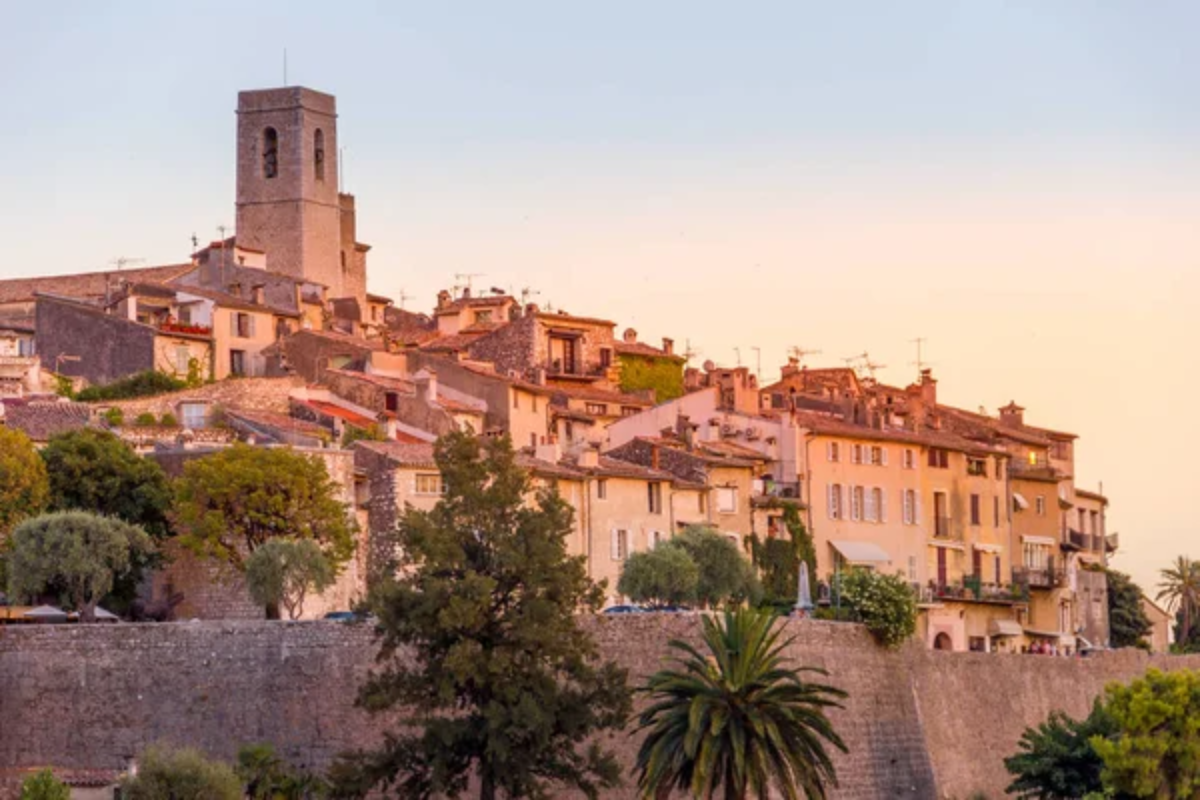
Perched atop a hill overlooking the Mediterranean, this medieval village became a sanctuary for artists fleeing occupied Paris during World War II and never lost its creative soul afterward. The extraordinary quality of light that attracted Matisse and Chagall remains unchanged—a crystalline brightness that reveals subtle color variations imperceptible elsewhere.
Contemporary artists find inspiration walking the ramparts where Picasso once strolled, with views stretching from the Alps to the sea. The village maintains several artist-in-residence programs housed in centuries-old structures where traditional architecture frames modern creative practice.
Evening gatherings at the Colombe d’Or restaurant continue a tradition of artists exchanging ideas over regional cuisine, sometimes paying for meals with artwork that now forms a priceless collection.
Giverny, Normandy
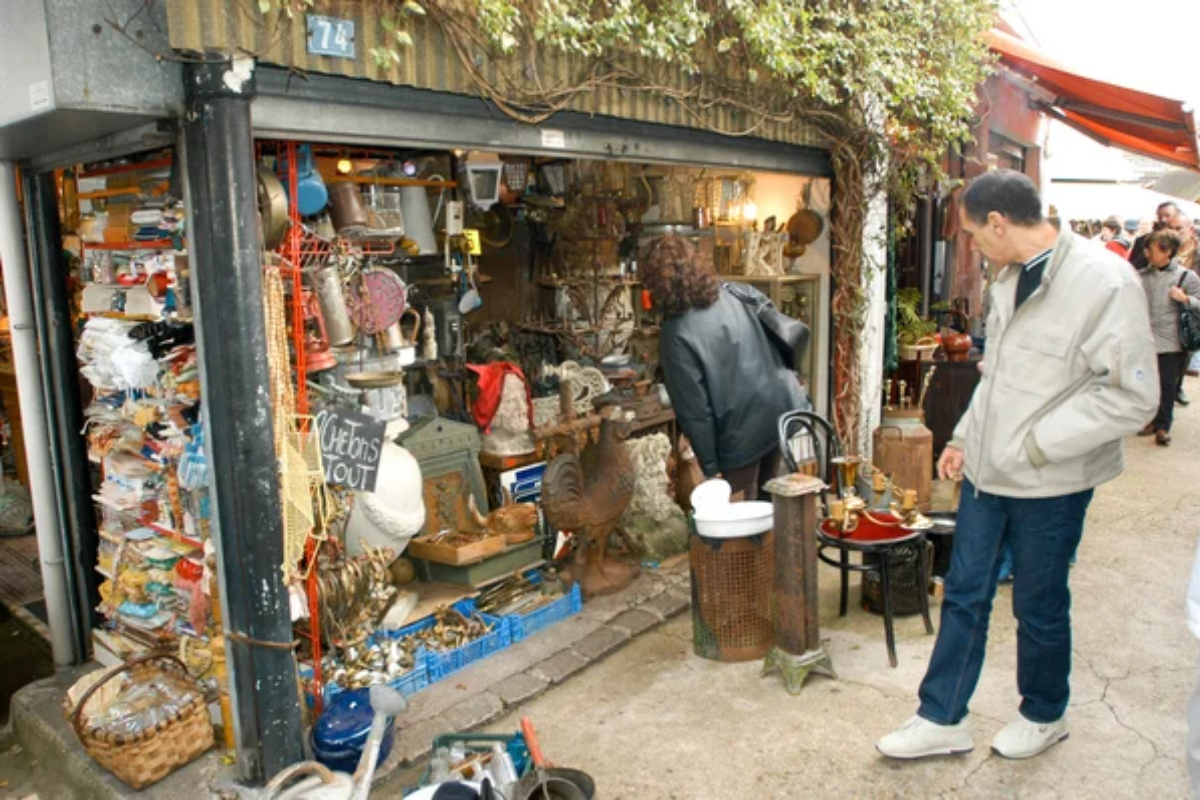
Beyond merely visiting Monet’s famous gardens, artists today can rent studios in this village where Impressionism found its fullest expression. The quality of light—softened by proximity to the Seine and filtered through abundant vegetation—continues to transform ordinary landscapes into extraordinary visual experiences throughout the changing seasons.
Local workshops offer instruction in plein air techniques specifically developed for capturing Normandy’s atmospheric conditions and transient light effects. Contemporary artists find inspiration not just in the famous water lilies but in the surrounding countryside that provided subjects for countless Impressionist masterpieces—scenes still remarkably unchanged from their 19th-century appearances.
Like Travel Pug’s content? Follow us on MSN.
La Ruche, Paris
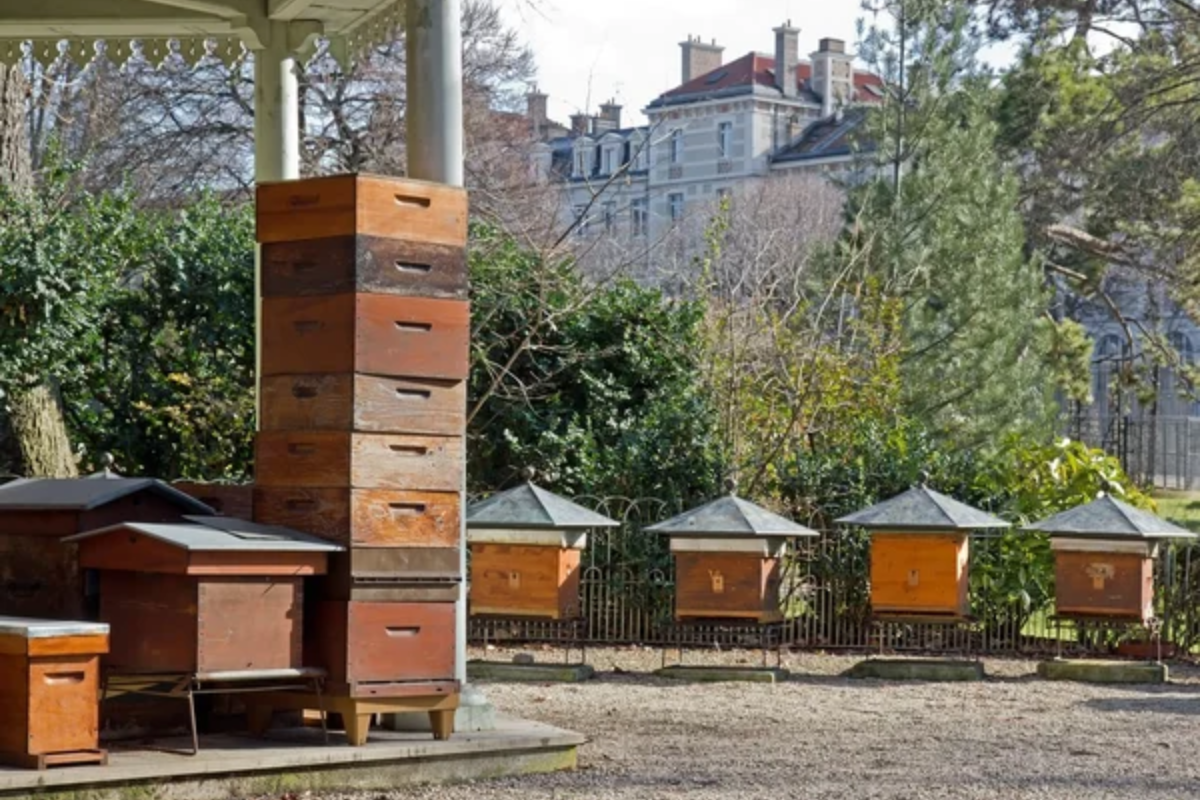
This historic artist residence in Montparnasse—originally constructed from pavilion materials salvaged from the 1900 World’s Fair—continues its tradition as an affordable workspace for emerging artists. The distinctive circular structure designed by Gustave Eiffel houses studios where Chagall, Soutine, and Modigliani once worked in impoverished dedication to their crafts.
Today, the tradition continues with several floors maintaining subsidized workspaces for early-career painters and sculptors. The community atmosphere fosters critical exchange across generations and disciplines, with informal critique sessions continuing practices established over a century ago.
The surrounding neighborhood retains numerous small galleries showcasing experimental work that might otherwise remain unseen in Paris’s more commercial art districts.
Roussillon, Provence
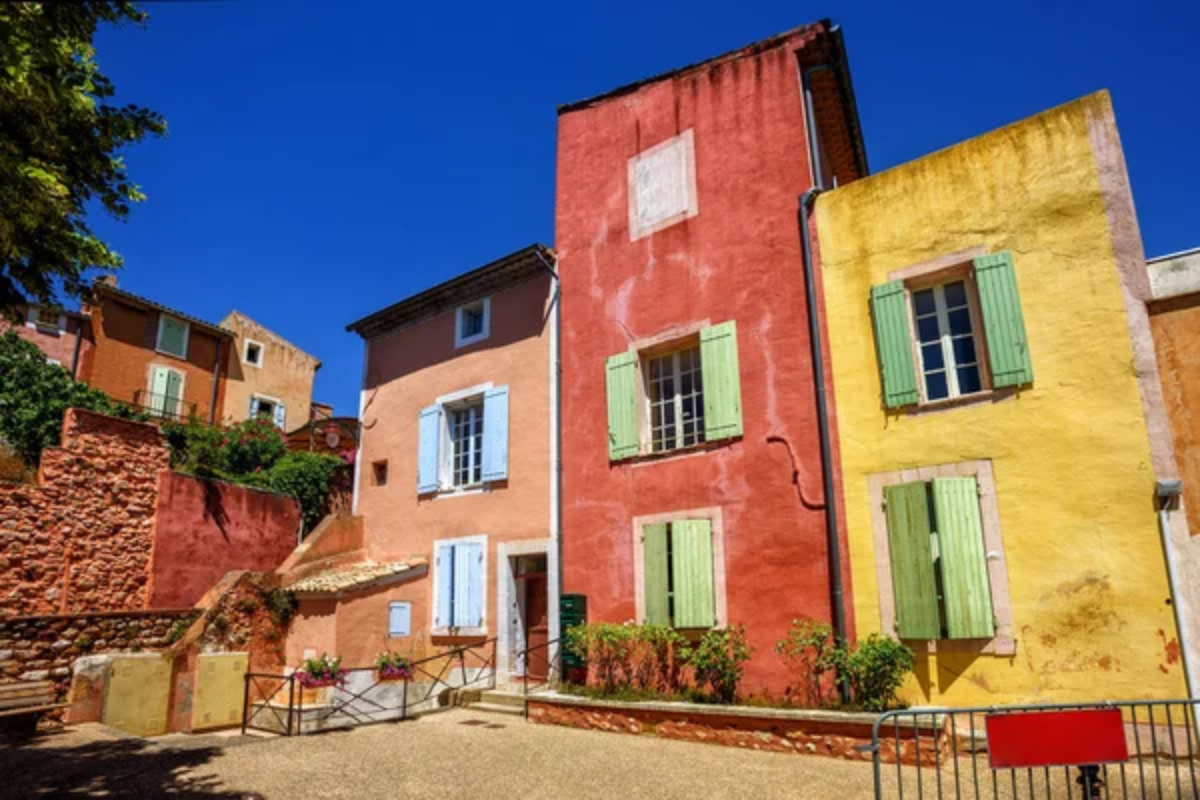
This village, constructed from local ochre deposits, offers artists an immersion in color rarely experienced elsewhere. The surrounding cliffs—spanning yellow to deep crimson—have provided natural pigments for artists since prehistoric times and continue supplying materials for traditional paint-making workshops today.
Contemporary painters find endless inspiration in the contrast between terracotta buildings and cerulean Provençal skies, while photographers discover how shifting sunlight transforms the landscape hourly. Ceramic artists benefit from local clay workshops utilizing materials extracted from the same region that supplied ancient pottery traditions.
The village hosts several artist residency programs specifically focused on color theory and natural material exploration within studios featuring windows positioned to capture optimal northern light.
Belle-Île-en-Mer, Brittany
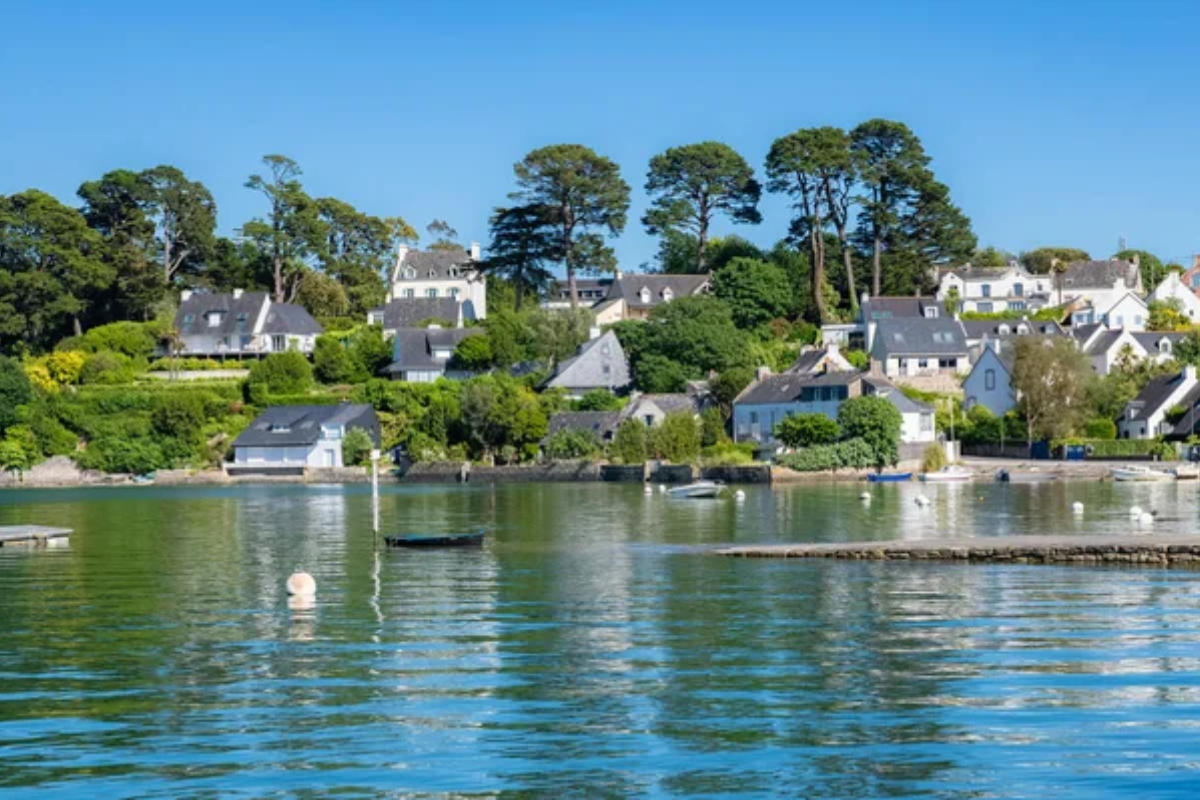
This island off Brittany’s coast attracted Monet for its dramatic light effects created by Atlantic weather patterns constantly transforming the sky and sea. Contemporary artists find similar inspiration in the rapidly changing atmospheric conditions that can present multiple distinct light environments within a single day.
The island’s isolation fosters concentrated work periods free from urban distractions, while its dramatic coastline provides endless compositional possibilities as waves shape the rugged shore. Several converted fishermen’s cottages now function as seasonal artist retreats, with stone walls and small windows framing views essentially unchanged since the 19th century.
The island’s artistic community remains vibrant yet uncrowded, with informal gatherings allowing creative exchange without the networking pressure found in urban environments.
Like Travel Pug’s content? Follow us on MSN.
Arles, Provence
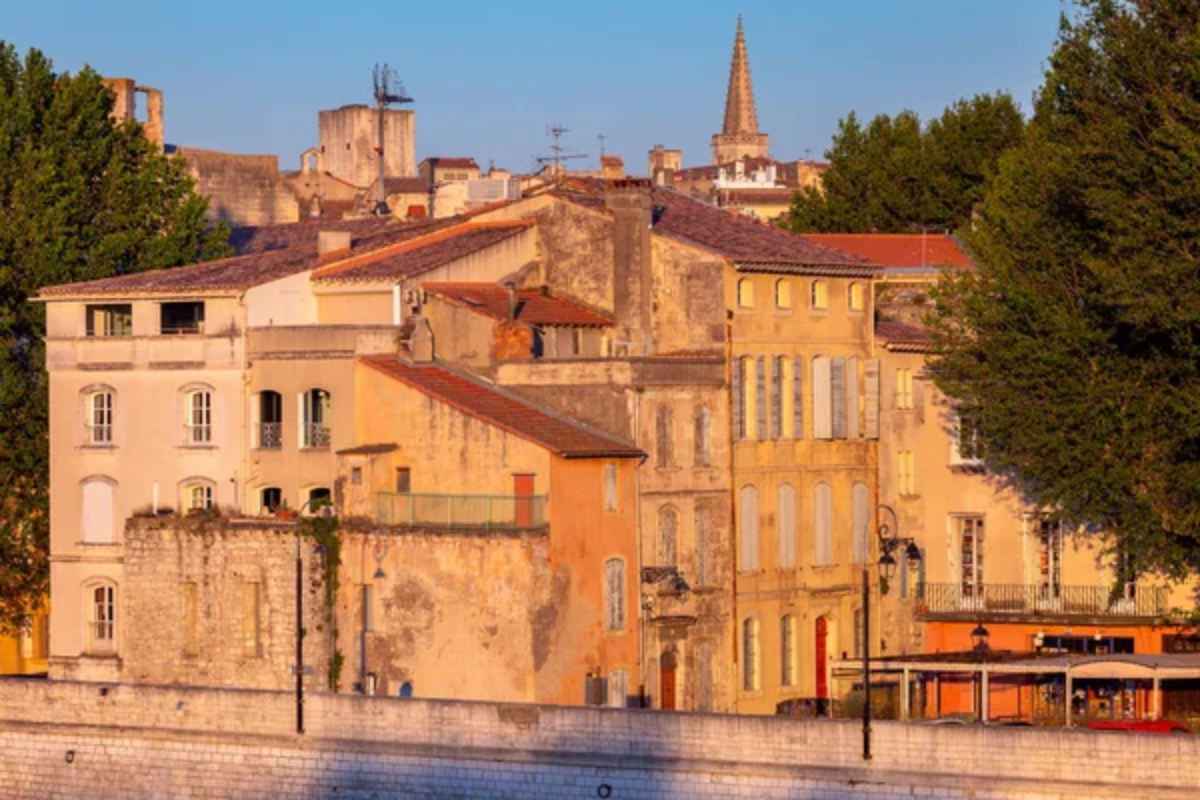
Beyond its famous Van Gogh connections, this Roman city offers contemporary artists extraordinary light quality alongside actual studio spaces where the Dutch master worked. The particular brightness—intensified by reflection from ancient limestone buildings—creates the conditions that transformed Van Gogh’s palette toward the vivid colors that defined his Provençal period.
The city maintains vibrant contemporary relevance through the renowned Rencontres d’Arles photography festival and numerous residency programs housed in historic structures. Artists working today find inspiration in the same street scenes and surrounding landscapes that appeared in Van Gogh’s canvases, with certain cafés and viewpoints remaining remarkably unchanged after more than a century.
Barbizon, Île-de-France
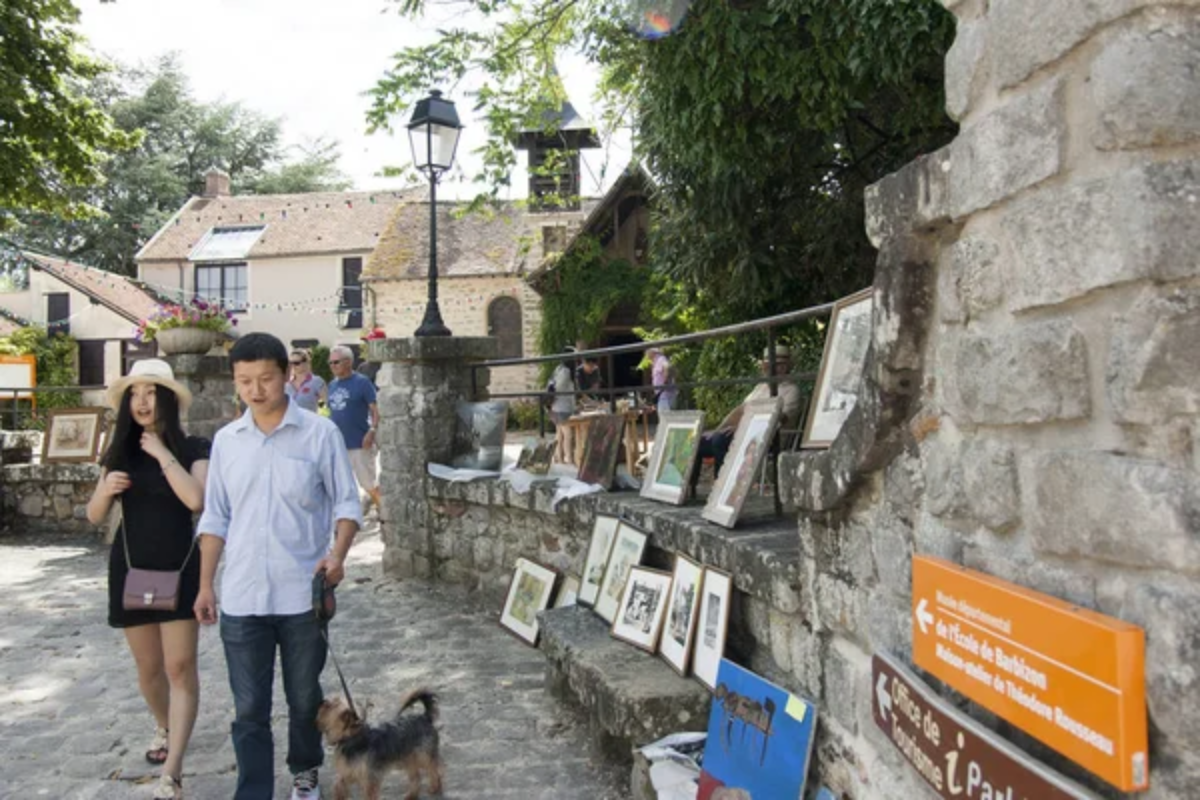
The village that gave its name to an entire pre-Impressionist movement continues attracting artists drawn to the distinctive ecosystem where the Forest of Fontainebleau meets agricultural plains. The interplay of dense woodland and open sky creates dramatic light effects that transformed French landscape painting in the 19th century and continue inspiring contemporary practice.
Several historic auberges maintain traditions of housing artists for extended work periods, with walls displaying works left as payment by previous generations. The surrounding forest offers the same ancient rock formations and gnarled trees that appeared in Millet’s and Rousseau’s groundbreaking works—natural compositions that continue challenging conventional landscape approaches through their organic complexity.
Collioure, Occitanie
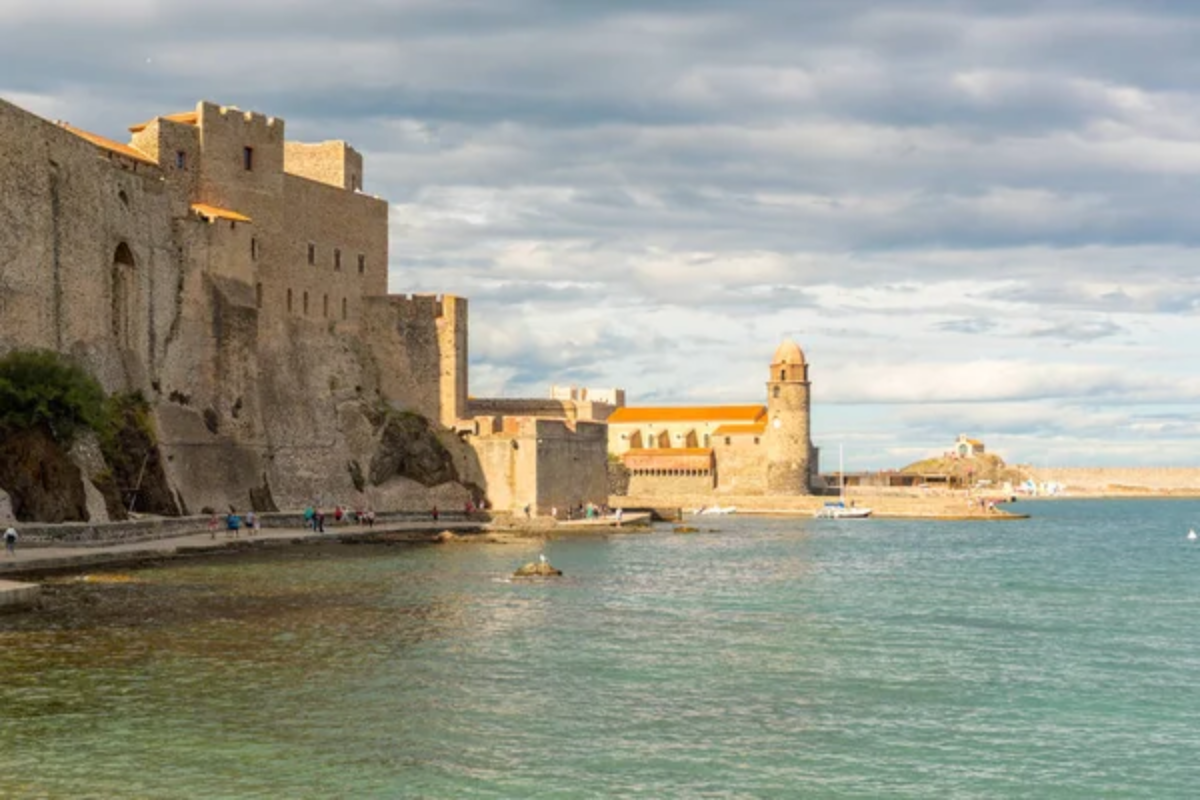
This Mediterranean fishing port where Fauvism was born continues attracting colorists drawn to its exceptional light quality. The particular interaction between sea reflection, bright skies, and pastel buildings creates color relationships that pushed Matisse and Derain toward chromatic innovation and continue inspiring artists today.
Contemporary painters find endless inspiration in harbor scenes where fishing boats, medieval architecture, and azure waters combine in compositions that seem almost artificially perfect. The town maintains several studio spaces available for short-term rentals, some offering the same north-facing windows and views that appeared in early Fauvist canvases.
Evening light—when the setting sun bathes the waterfront in golden hues—draws plein air painters daily to capture effects that last mere minutes but remain etched in memory.
Like Travel Pug’s content? Follow us on MSN.
Les Baux-de-Provence
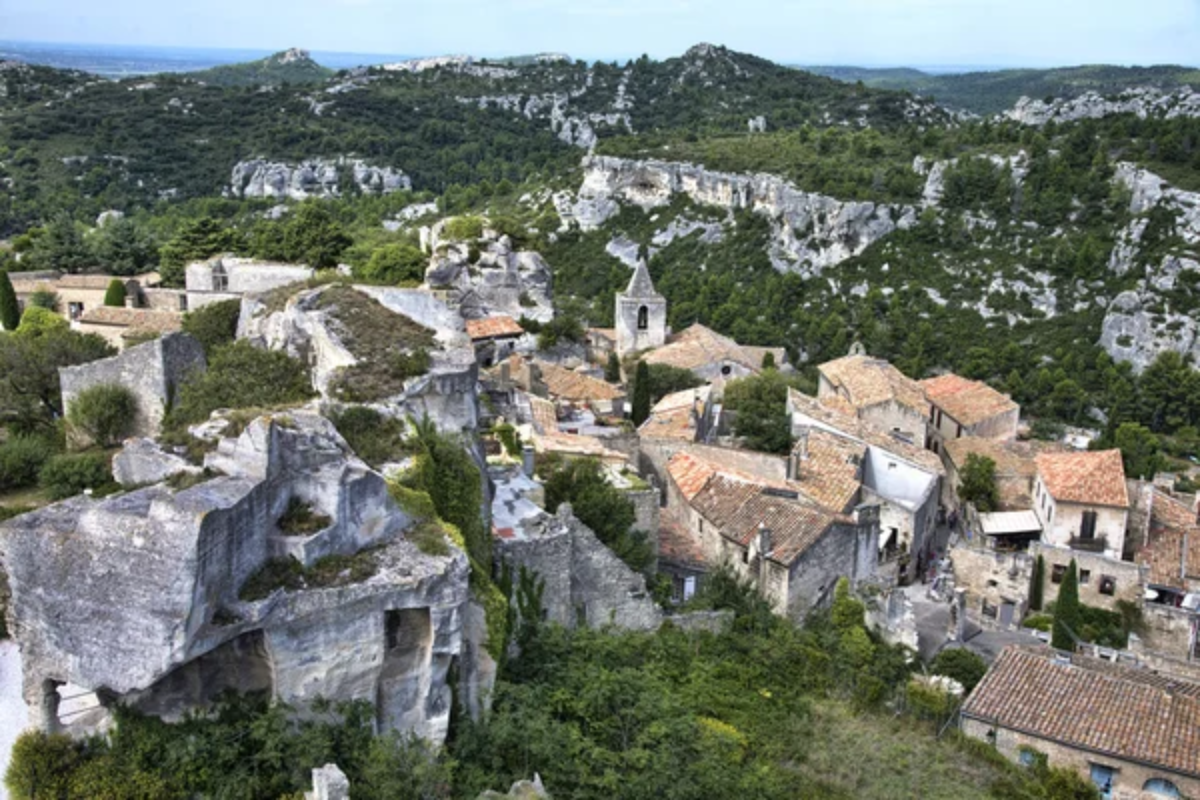
This dramatic hilltop village offers artists an extraordinary opportunity to explore relationships between architecture and natural landscapes with exceptional quality of light. The stark limestone outcroppings supporting medieval structures create powerful compositions where human and geological elements achieve remarkable harmony.
Contemporary artists find inspiration in the interplay of harsh sunlight and deep shadow that transforms ordinary scenes into dramatic chiaroscuro studies throughout the day. The nearby Carrières de Lumières—massive former quarries now hosting immersive art projections—offer unique insights into how historical works respond to monumental presentation within dramatic spaces.
Evening brings a quality of light photographers to call “magic hour,” extending longer here than in surrounding regions due to the elevated position and reflective stone surfaces.
Auvers-sur-Oise, Île-de-France
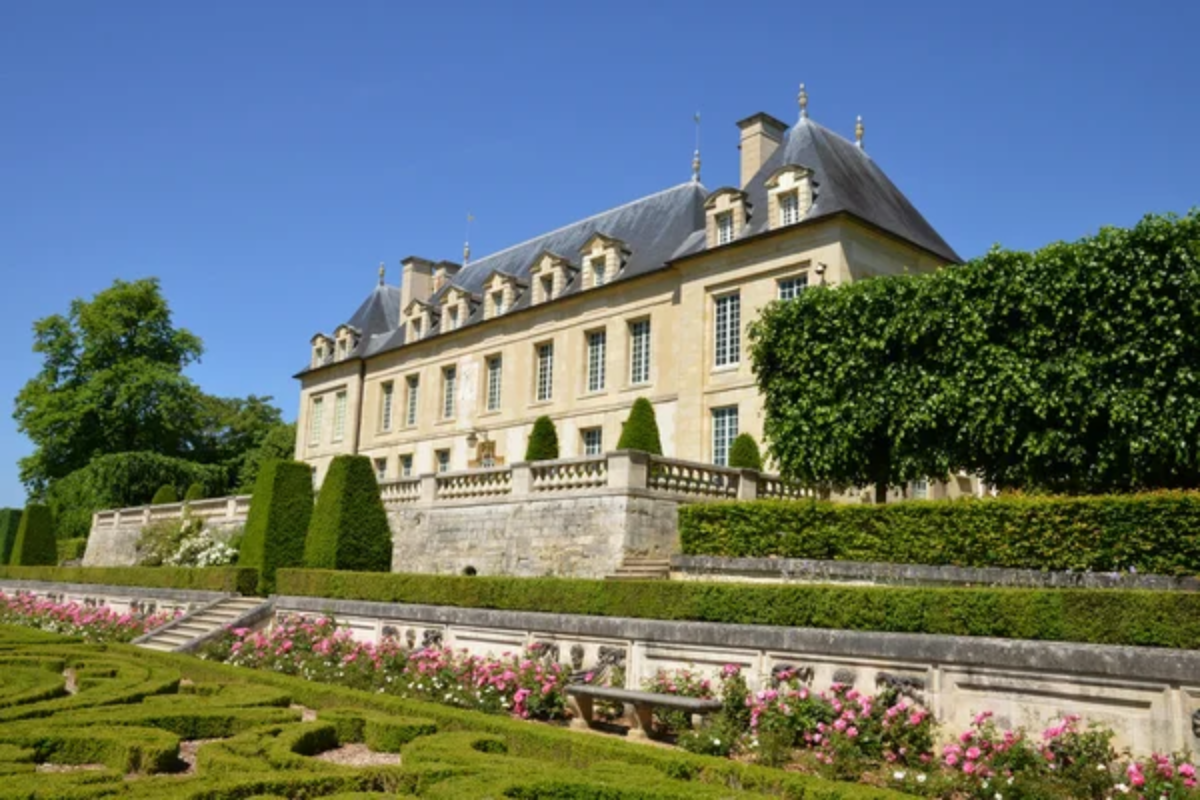
The village where Van Gogh spent his final days maintains an atmosphere of creative contemplation alongside practical resources for working artists. The distinctive light quality of the Oise Valley—softer than Provence yet clearer than Paris—creates ideal conditions for landscape painters while the preserved historic architecture provides endless compositional possibilities.
Contemporary artists can work in studios remarkably similar to those used by Impressionist pioneers, with certain views remaining nearly identical to those captured in famous canvases. The village maintains several artist-in-residence programs specifically designed for landscape painters seeking to understand the environmental conditions that fostered artistic revolution.
Evening walks along the same paths Van Gogh traveled offer a contemplative connection to artistic heritage without the crowds found at more famous sites.
Cagnes-sur-Mer, Côte d’Azur
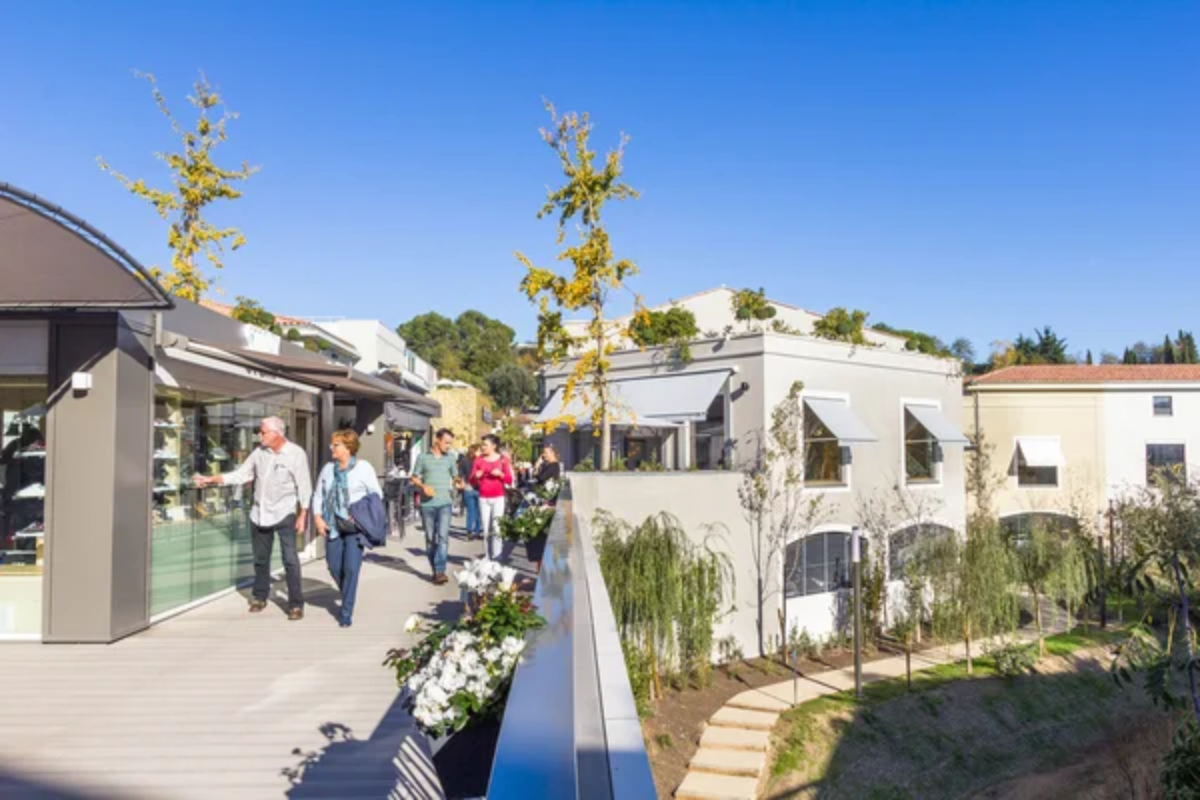
This coastal town where Renoir established his final studio offers contemporary artists the same exceptional Mediterranean light that attracted generations of masters. The particular quality—intensified by reflection from both sea and pale buildings—creates conditions where color relationships become almost supernaturally vivid.
The hilly terrain provides abundant vantage points where landscapes unfold in natural compositions, balancing architectural elements with natural features. Several historic properties maintain studio spaces available for monthly rentals, some featuring the north-facing windows specifically installed for artists during the town’s early development as a creative colony.
The local olive groves that appeared in countless paintings remain productive today, offering subjects that connect contemporary practice to artistic heritage.
Like Travel Pug’s content? Follow us on MSN.
Saint-Cirq-Lapopie, Occitanie
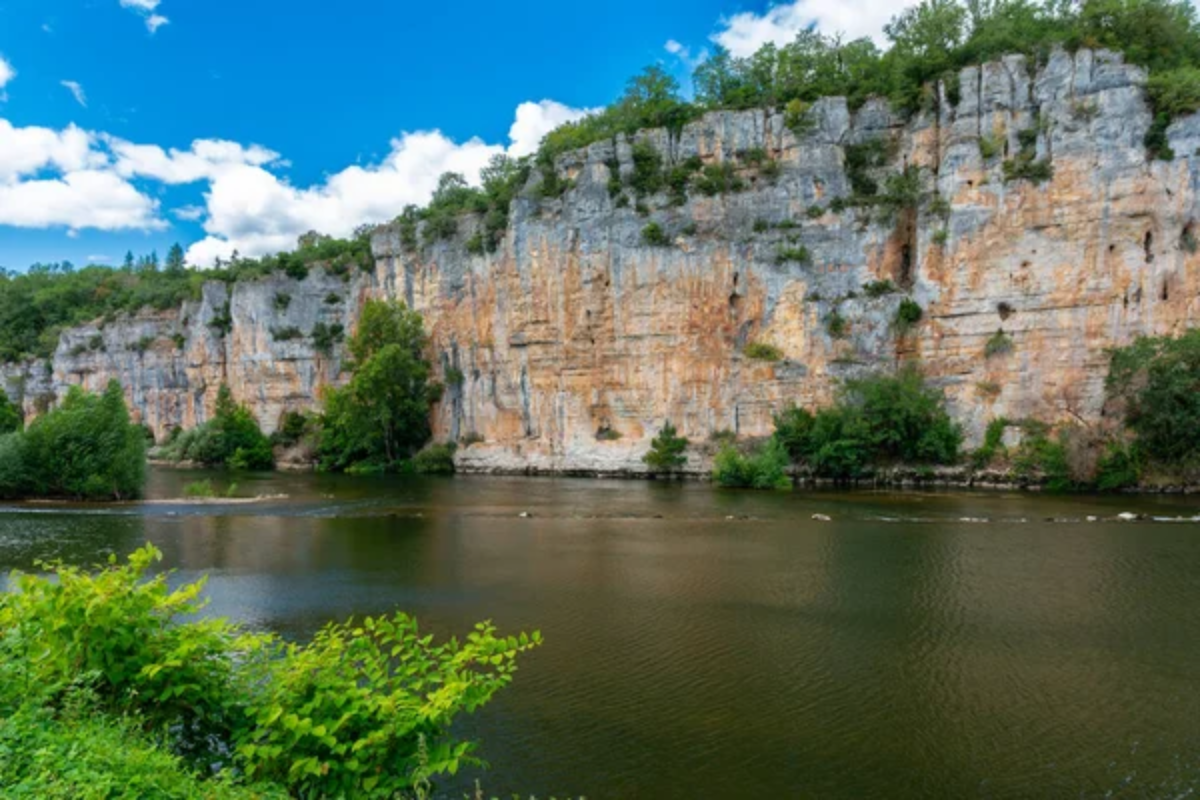
This medieval village perched above the Lot River became an artists’ sanctuary when Surrealist André Breton declared it his spiritual home in the 1950s. The dramatic setting—where ancient architecture seems to grow organically from limestone cliffs—creates compositions where boundaries between human and natural elements blur fascinatingly.
Contemporary artists find inspiration in the same otherworldly atmosphere that attracted Surrealists, with narrow alleys opening suddenly to panoramic vistas that challenge conventional perspectives. The village maintains several artist residency programs housed in buildings dating to the 13th century, where thick stone walls and small windows create ideal environments for concentrated studio practice.
The surrounding landscape offers unlimited exploration opportunities through valleys where prehistoric cave paintings remind visitors of the region’s ancient creative heritage.
Honfleur, Normandy
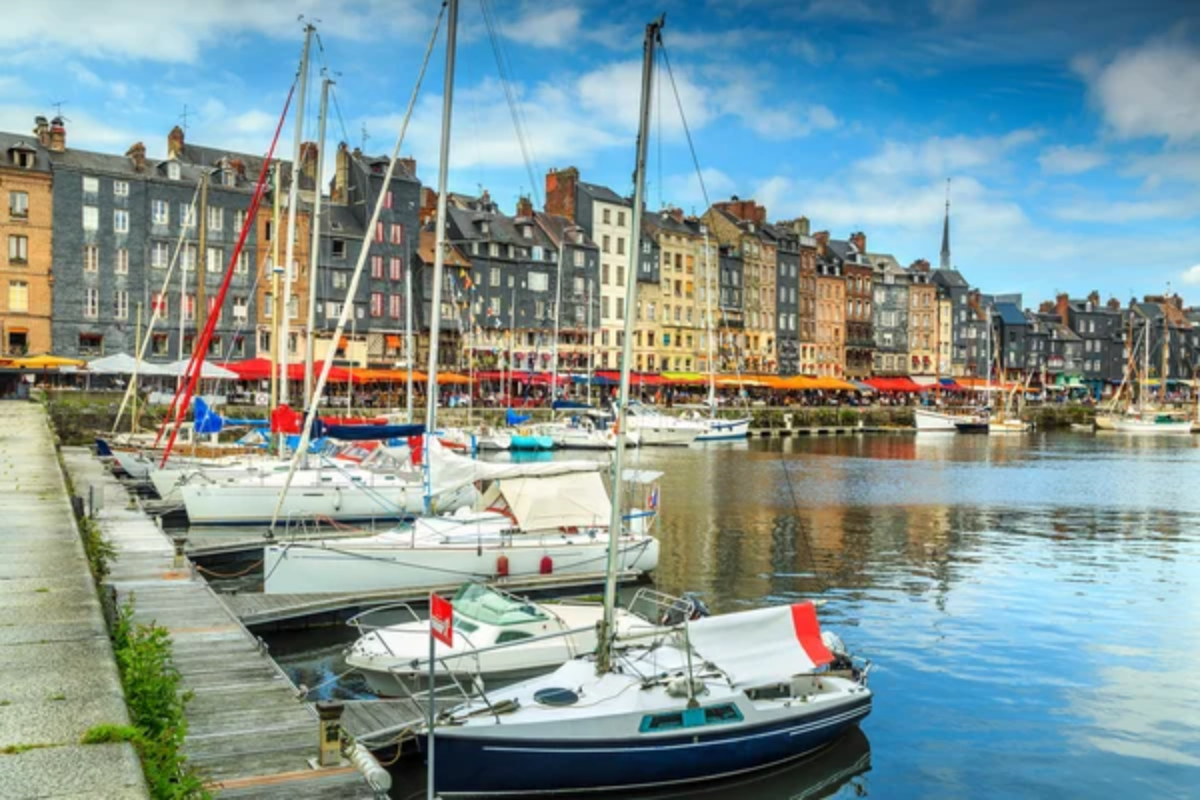
This historic port town where Impressionism found early expression continues offering artists exceptional atmospheric effects created by its maritime environment. The particular quality of light—reflecting from both harbor waters and changing skies—creates conditions where color and form undergo constant subtle transformation.
Contemporary painters find inspiration in the same waterfront scenes that appeared in Boudin’s and Monet’s foundational works, with certain harbor views remaining remarkably similar to their 19th-century appearances. The town maintains numerous studio spaces in historic structures, many featuring the north-facing dormer windows specifically built for artists during the town’s development as a creative haven.
The surrounding countryside offers abundant landscape opportunities where Norman agricultural traditions create natural compositions through field patterns and hedgerows.
Saintes-Maries-de-la-Mer, Camargue

This coastal town where Van Gogh painted dramatic seascapes offers contemporary artists immersion in the distinctive environment where the Mediterranean meets marshland. The particular quality of light—intensified by reflection from both sea and extensive wetlands—creates conditions where atmospheric effects achieve remarkable drama. Photographers find endless inspiration capturing the region’s famous white horses against expansive horizons, while painters discover how rapidly changing weather transforms the landscape hourly.
The surrounding nature reserve offers opportunities to explore relationships between water, sky, and land within compositions where negative space becomes as important as positive elements. Evening brings spectacular sunset effects as light reflects across shallow lagoons, creating color combinations rarely seen in more familiar landscapes.
Like Travel Pug’s content? Follow us on MSN.
Vézelay, Burgundy
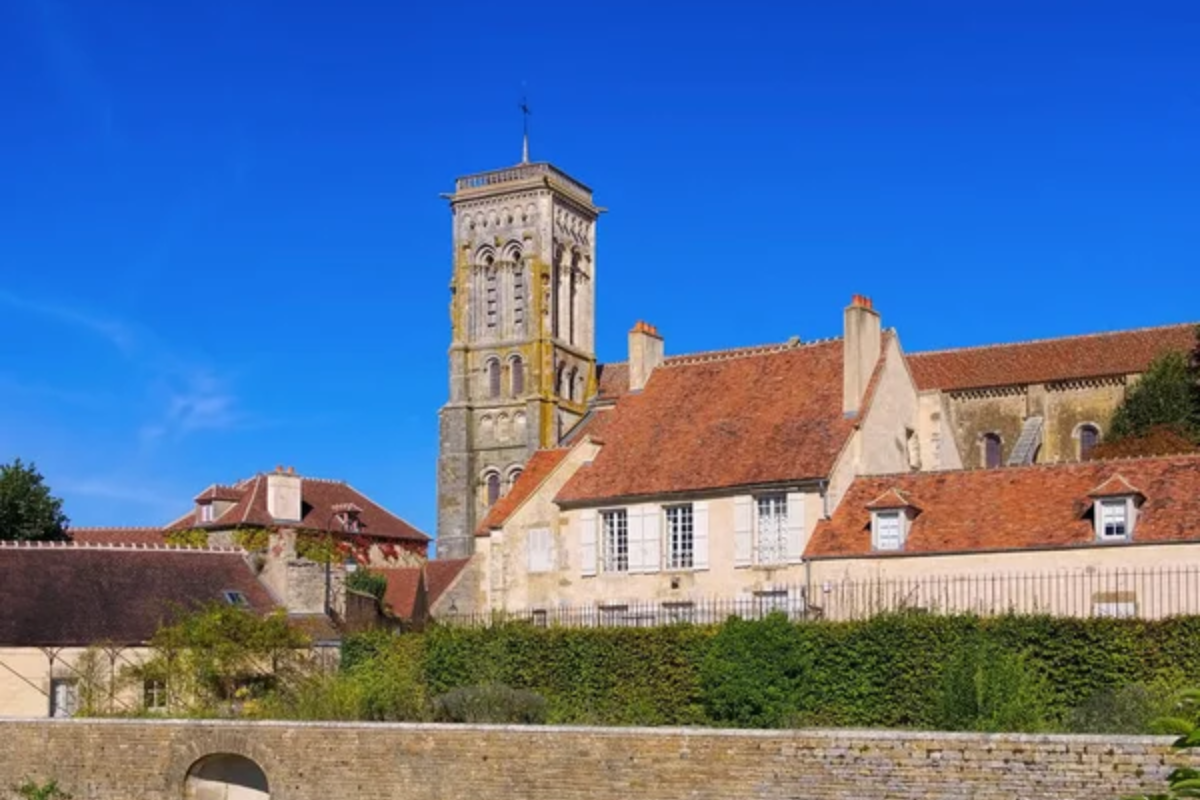
This hilltop village crowned by a Romanesque basilica offers artists exceptional opportunities to explore relationships between architecture, landscape, and spiritual dimensions. The particular quality of light entering the church—famously illuminating the nave perfectly during the summer solstice—demonstrates a medieval understanding of light as both a practical and symbolic element.
Contemporary artists find inspiration in the same harmonious proportions that influenced generations of builders, with the surrounding landscape offering natural compositions where cultivated vineyards transition to wild forests. The village maintains several artist-in-residence programs housed in historic structures where contemporary practice engages directly with centuries of creative heritage.
The pilgrimage traditions associated with the site create an atmosphere where contemplative practice feels naturally integrated with daily life.
Creative Convergences
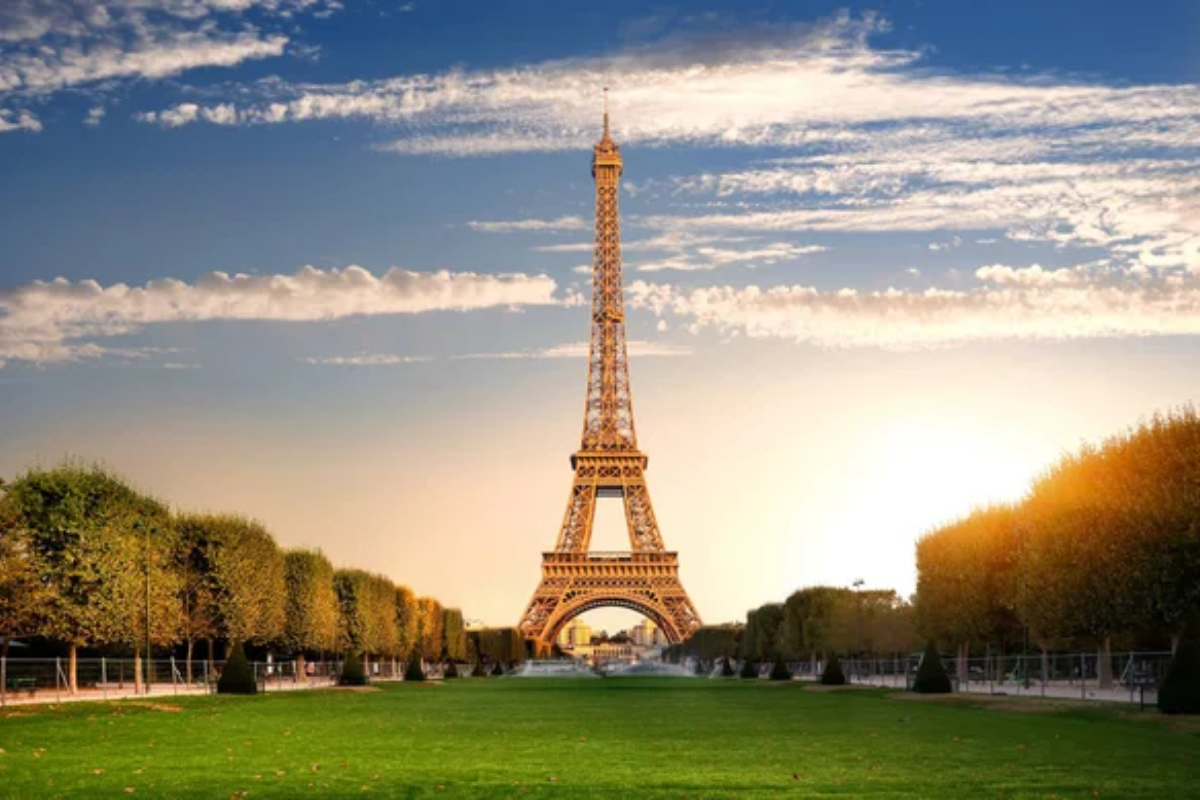
These French destinations offer more than mere scenic beauty—they provide environments where light, landscape, cultural heritage, and creative community combine to catalyze artistic development. Whether seeking a technical breakthrough, conceptual refresh, or simple distance from ordinary routines, artists continue finding transformative experiences in these locations.
The tradition of creative pilgrimage to these sites connects contemporary practice to artistic heritage while fostering new visions responsive to our current moment. In these places, the distinction between working and being inspired often disappears entirely—perhaps the most valuable condition any artist can discover.
More from Travel Pug

- 20 Towns Built for One Purpose That Were Later Abandoned
- 15 Hidden Spots in Disney World’s Magic Kingdom Most Visitors Miss
- 20 Once-Popular Beach Towns That Are Now Ghostly Empty
- 15 Canyons in the U.S. That Are Just as Stunning as the Grand Canyon
- 10 Under-the-Radar Mountain Towns That Are Both Affordable and Beautiful
Like Travel Pug’s content? Follow us on MSN.
